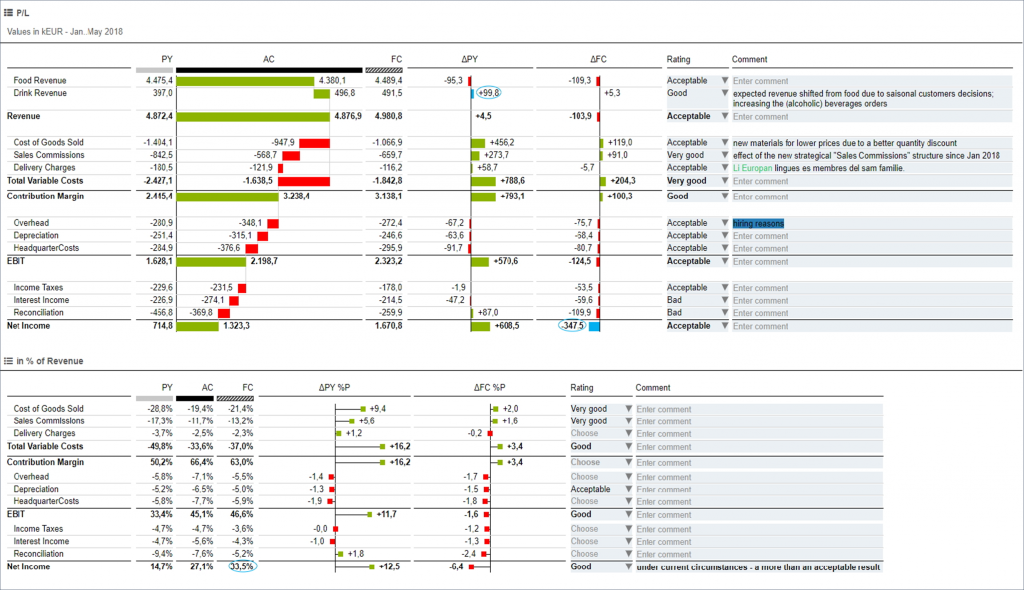As the economy is slowly starting to improve, many business executives are looking for ways to expand and grow their businesses. Increasingly more companies are utilizing cross-functional teams to drive growth throughout the organization.
What are cross-functional teams? Employees from several levels and departments, such as marketing, sales, finance, and HR, make up a cross-functional team. These groups are sometimes only temporary, formed for a specific objective or project, and then disbanded after the project is completed.
Cross-functional teams can potentially become an organization’s permanent structure. A cross-functional team, for example, might be established as a permanent fixture to allow employees from several departments to work on reporting and budgeting.

Why Are Cross-Functional Teams Important?
Every company can benefit from organizing cross-functional teams. For example, involving multiple experts within the company in the reporting, budgeting, and forecasting process can be a game-changer.
Cross-functional teams can work together to determine KPIs, making them accountable and engaged in improving performance and generating profit.
Cross-functional teams also drive growth. When employees from other departments can weigh in on critical decisions, it builds creativity, innovation, and problem-solving, which leads to company growth.
How Data Collaboration Enables Cross-Functional Teams
A company and individual team members all benefit from a collaborative approach that brings together the skills, experiences, and expertise of people in various roles. As you bring more minds to bear on a problem, the potential for insights expands.
Collaboration allows companies to make better use of the data they already have. Up to 73 percent of all corporate data is never used. Many factors contribute to this inability to use data, but one of the most significant is that teams are unsure what data is relevant to a given project.
A higher percentage of relevant data will be used when collaboration occurs between people in various roles who grasp the significance of the data.
Better communication and collaboration in a company might seem like a lofty goal, but it doesn’t have to be. Modern leaders turn to new technologies that facilitate information sharing, putting an end to the days of relying on static spreadsheets and long-winded financial statements weighted down with irrelevant information.

TRUECHART for Cross-Functional Teams
You can ensure straightforward data collaboration within cross-functional teams with TRUECHART.
Our solution allows businesses to implement data collaboration effectively thanks to its optimized reporting designs and layouts in accordance with International Business Communications Standards (IBCS).
How does TRUECHART improve data collaboration?
- Users can create more comprehensible reports by adding comments, opinions, and insights to their numbers.
- Departments can keep track of interpretations and explanations – independent of the platform you are using.
- It even supports exporting those comments and enables you to keep the knowledge where you need it.
TRUECHART enables knowledge workers to communicate where insights are valued most: inside reports and dashboards: enriching analytical results, and delivering actionable insights.
Stay up-to-date with TRUECHART. Follow us on LinkedIn.
